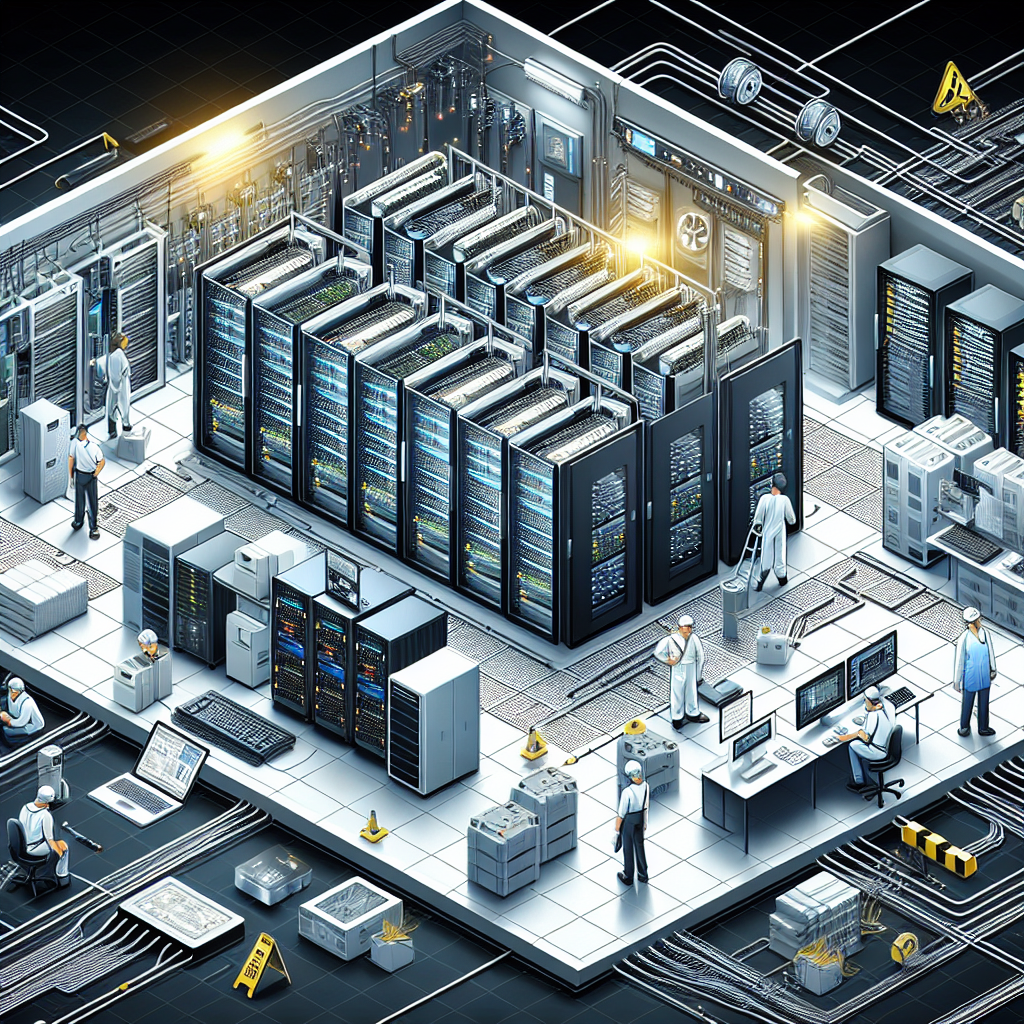Building a Reliable Data Center Network Infrastructure: Best Practices and Considerations
In today’s digital age, data centers play a crucial role in the operation of businesses, organizations, and even individuals. These facilities house and manage vast amounts of data, applications, and services that are essential for the smooth functioning of various operations. Building a reliable data center network infrastructure is vital to ensure that data can be accessed and processed quickly and securely, without any disruptions or downtime.
There are several best practices and considerations that should be taken into account when designing and implementing a data center network infrastructure. By following these guidelines, organizations can create a robust and resilient network that can meet their current and future needs.
One of the key considerations when building a data center network infrastructure is scalability. With the rapid growth of data and the increasing demand for bandwidth, it is essential to design a network that can easily scale to accommodate future growth. This can be achieved by using high-performance networking equipment, such as switches and routers, that have the capacity to handle increasing traffic volumes.
Another important consideration is redundancy. Redundancy is crucial for ensuring high availability and reliability of the network. This can be achieved by implementing redundant network links, power supplies, and cooling systems to minimize the risk of downtime in case of equipment failures or network outages.
Security is also a critical consideration when building a data center network infrastructure. With the increasing number of cyber threats and attacks, it is essential to implement robust security measures to protect sensitive data and prevent unauthorized access. This can be achieved by using firewalls, intrusion detection systems, and encryption technologies to secure the network and data.
Performance is another key factor to consider when building a data center network infrastructure. To ensure optimal performance, organizations should use high-speed networking equipment and technologies, such as fiber-optic cables and high-performance switches, to minimize latency and maximize throughput.
In addition to these considerations, organizations should also consider factors such as cost, energy efficiency, and manageability when building a data center network infrastructure. By carefully evaluating these factors and following best practices, organizations can create a reliable and efficient network that can support their data center operations effectively.
In conclusion, building a reliable data center network infrastructure requires careful planning, consideration of key factors such as scalability, redundancy, security, performance, and cost, and adherence to best practices. By following these guidelines, organizations can create a robust and resilient network that can meet their current and future needs, ensuring the smooth operation of their data center operations.


